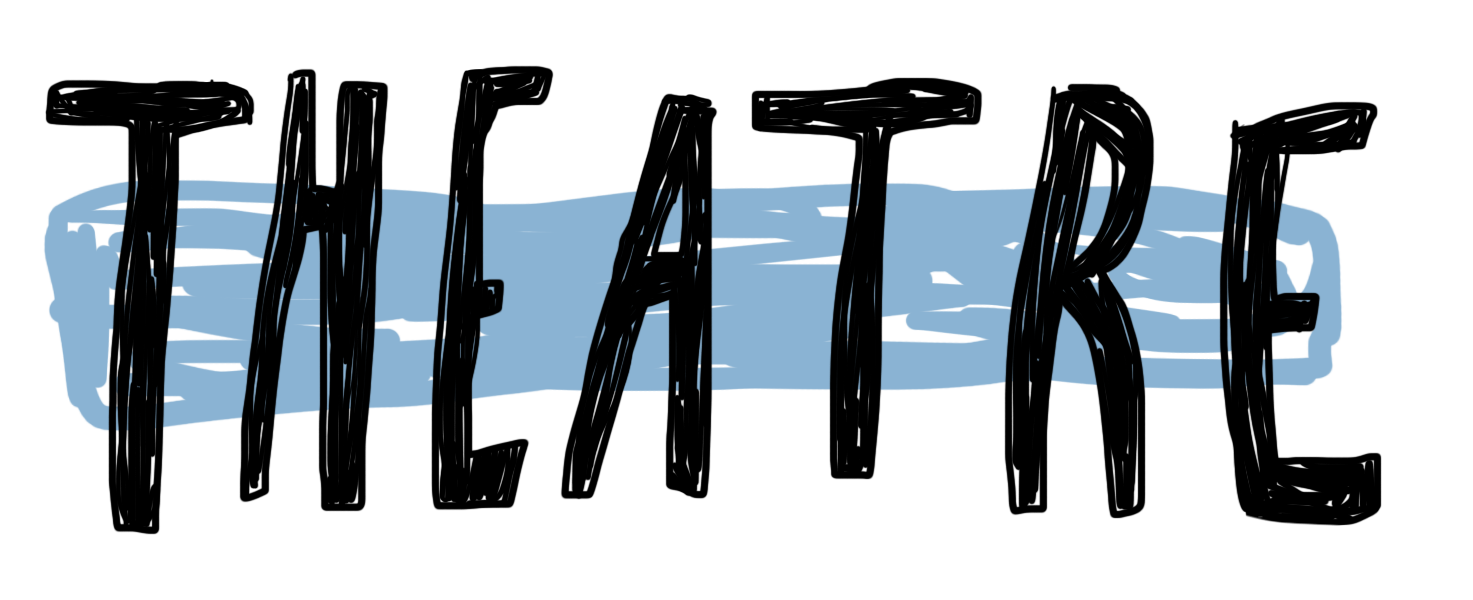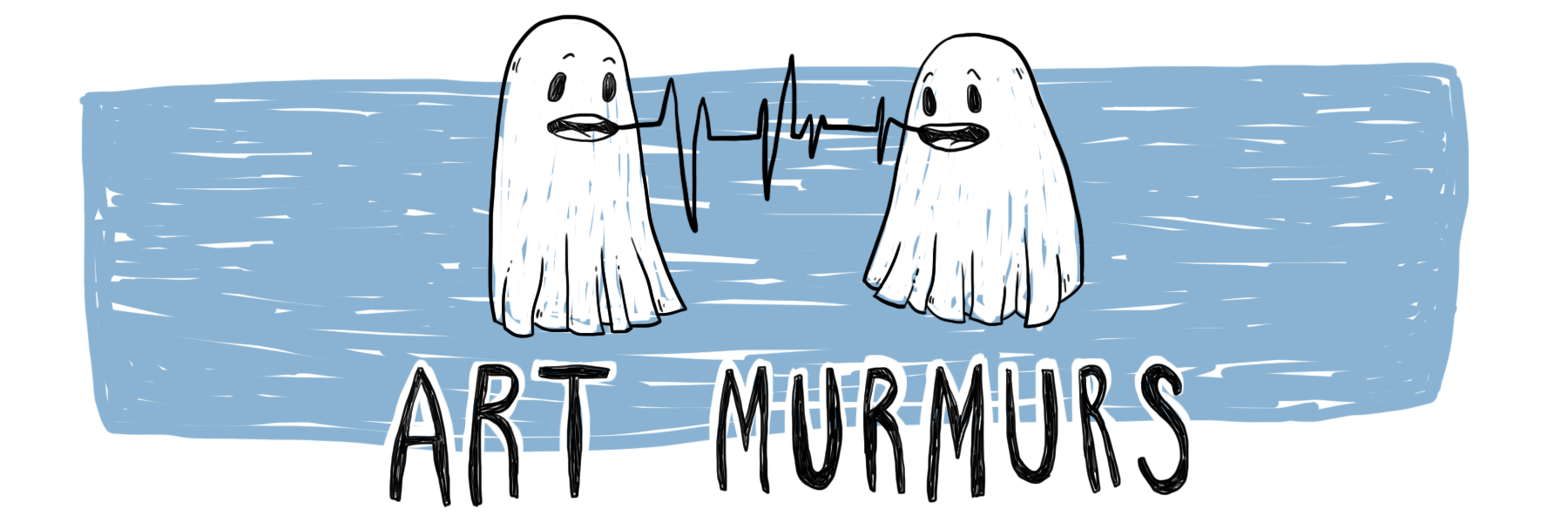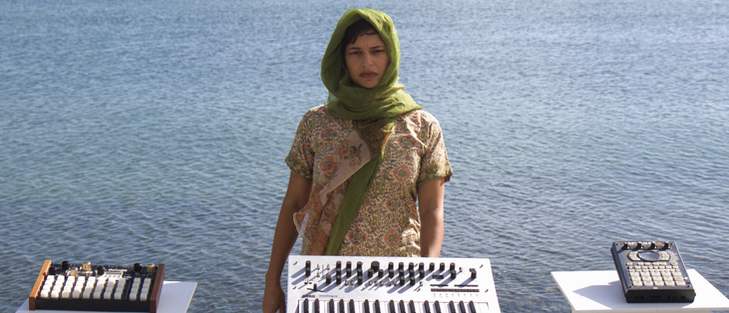Sean Burnett Dugdale-Martin
The set design of the show (set design by Josiah Liston) is simple and poignant. It begins with two large white sheets hanging from the rig either side of the stage. Between them, draped down the back wall to the floor is a Fijian wall hanging. A fabric hanging of Indian design droops between a piece of rigging on the left and on the right of the stage, crossing in front of the Fijian wall hanging. This simple design choice is a creative emulation of what is happening on a larger scale during the stories Freeman is sharing. The overbearing large sheets surround the smaller ones. The two sheets, Fijian and Indian, are the most rich and beautiful, paths crossed between (and because of) the white sheets. When the white sheets are pulled down they are still present, the ghost of them, lying ugly on the stage where they land. Evocative of the impact of colonisation.
As per the Artmurmurs kaupapa I am obliged to offer feedback to the artists! As the performance is rooted in Freeman's culture and heritage, alongside how present her skill is, I hold the impression that each aspect of the show is completely thought through and personally crafted. The overhead projection of Freeman’s own great grandmother's laminated Emigration Card made powerful the use of a treasured relic. During the first half of the show it is projected against one of the white sheets. It is signed as part of the show, but after the signing it sits there looming over us until the projector is removed and the sheet is pulled down. A suggestion of mine is to think of subtle ways to play with the overhead projection mechanism. In another show I’ve seen clear plastic trays placed on OHP’s, which were then filled with water. Something like this could pair well with the voyage section of the show, chronologically right after receiving their emigration card and having it signed. Having a tray of water on top of the card and warping our perception of it could be a way of physically transitioning from the details promised by the British into the reality of the devil's deal they tricked people into.
Freeman, with the additional help of Sameena Zehra as Script Advisor, Tony Black and Dean Holdoway on lights and sound, has given life to something educational, heart-wrenching and at the same time completely captivating.
Coolie: The Story of the Girmityas has already wrapped up its season at BATS as part of Kia Mau festival. Please find more info about the show here but also keep an eye out for more of Freeman's work, as well as checking out their awesome music!






